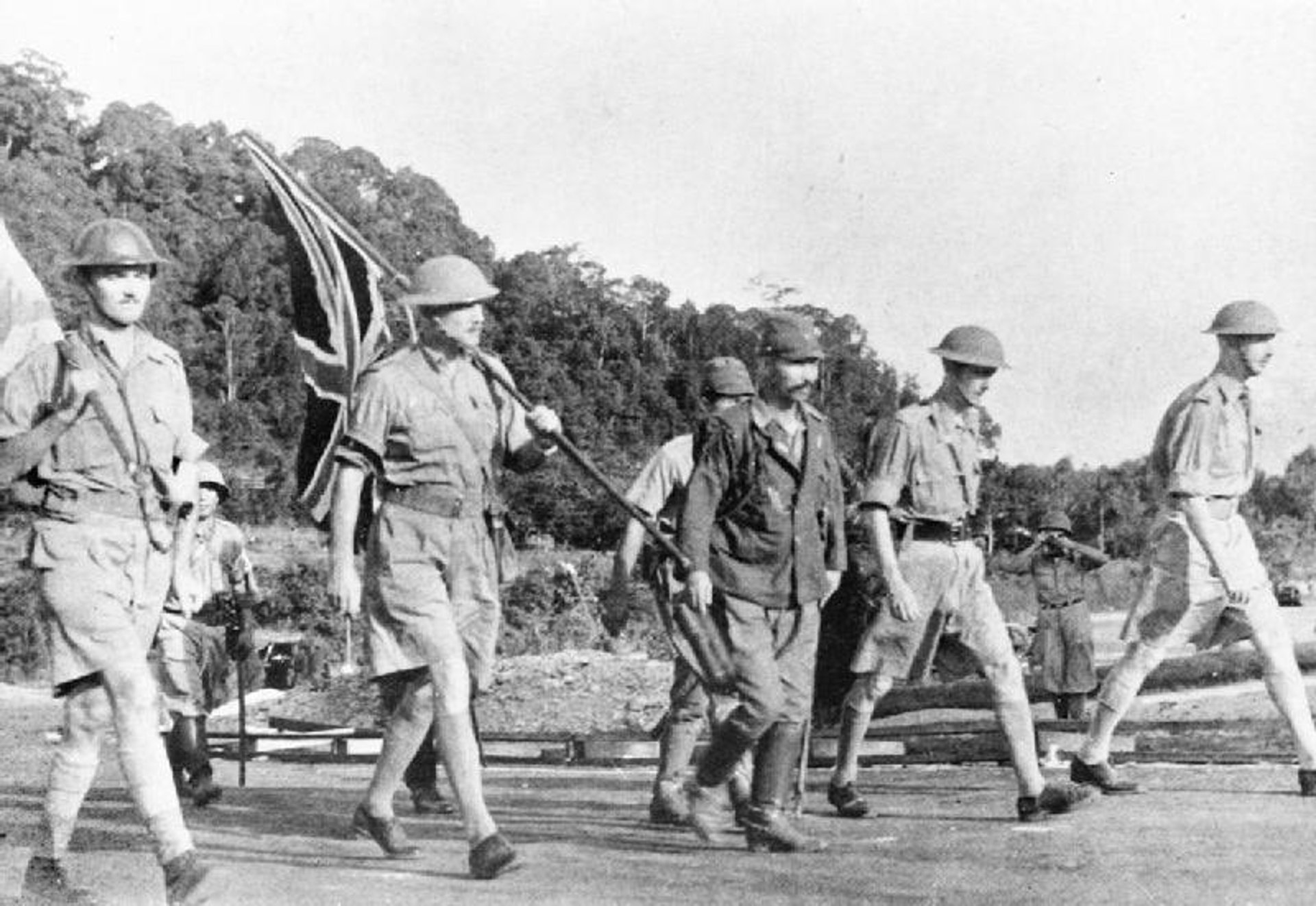
You didn’t come this far to stop
The Fall of Singapore &
the Hell of the Thai-Burma Railway
Decent into Hell
Descent into Hell - Episode 1 - The fall of Singapore & The Thai-Burma Railway
The Fall of Singapore and the Hell of the Thai-Burma Railway Our journey begins in 1940, 27 months before the Japanese would capture Singapore, thrusting thousands of Allied soldiers into one of the darkest chapters of World War II. This first episode of "Descent into Hell" embarks on a detailed exploration of the fall of Singapore and the brutal reality of the Thai-Burma Railway that followed. #WorldWarII #SingaporeFall #ThaiBurmaRailway #DeathRailway #POWStories #WarHistory #HellfirePass #AlliedForces #JapaneseInvasion #MilitaryHistory #Toursofwar #WearyDunlop #WearyDunlopTrail #DeathRailway
WW2 HISTORYDESCENT INTO HELLIN THEIR FOOTSTEPS BLOG
Toursofwar.com
7/14/20244 min read
The Build-Up to War
In 1940, Singapore was a critical stronghold for the British Empire in the Asia-Pacific region. As war loomed, British and Allied forces concentrated on fortifying the island, recognizing its vital role in protecting their interests in the region.


Singapore: A Strategic Stronghold
A black-and-white photograph of Singapore in 1940, showing a bustling cityscape with colonial-era architecture. The image captures a period of relative peace before the onset of World War II, with vehicles and people in the streets, and the skyline dotted with prominent buildings of the time.
Fortifications and Misjudgments
During the months leading up to the Japanese invasion, extensive efforts were made to defend Singapore. Coastal fortifications, artillery placements, and air defenses were established, but the belief that any attack would come from the sea proved to be tragically flawed.
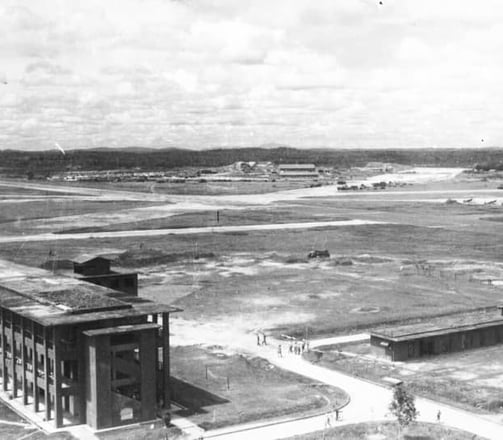

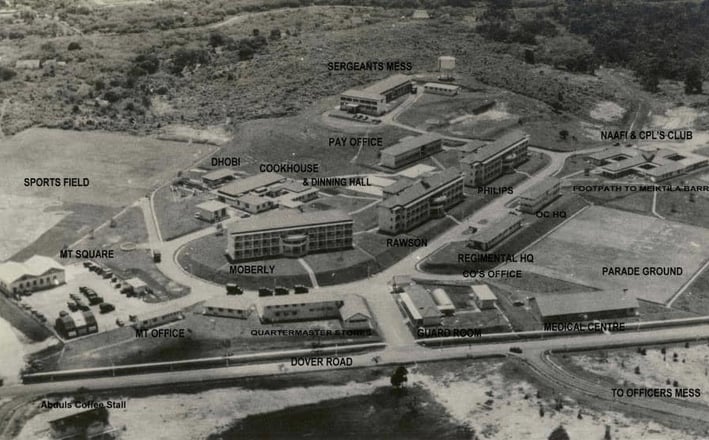

The Capture of Singapore
The Swift Japanese Advance
In December 1941, following the attack on Pearl Harbor, Japanese forces launched a rapid and relentless campaign through Malaya, advancing toward Singapore. Their speed and tactics caught the Allied defenders off guard, leading to a swift and devastating assault.


A Catastrophic Defeat
On February 15, 1942, Singapore fell to the Japanese. This marked one of the most significant defeats in British military history and resulted in the capture of approximately 130,000 Allied troops, including 22,000 Australians. The fall of Singapore marked the beginning of unimaginable suffering for those who were captured.
Descent into Hell
The Enslavement of POWs
After the fall of Singapore, the Japanese forced their prisoners into labor on the construction of the Thai-Burma Railway, a critical supply route for their military operations in Burma. Spanning over 415 kilometers, the railway became known as the "Death Railway" due to the extreme conditions and staggering death toll among the laborers.
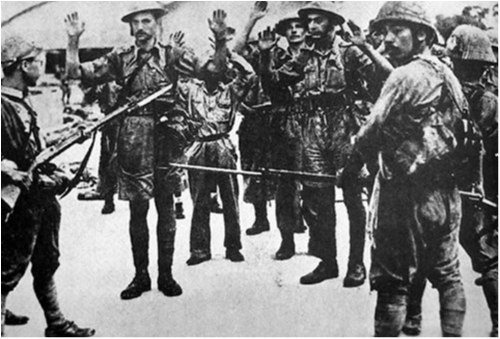

The Thai-Burma Railway
The Epicenter of Suffering
Hellfire Pass, one of the most notorious sections of the railway, epitomized the brutality endured by Allied POWs. Working in suffocating heat, malnourished, and beset by disease, these men faced daily cruelty from their captors. The relentless pace of work and horrific conditions led to the deaths of over 12,000 Allied soldiers during the railway's construction.
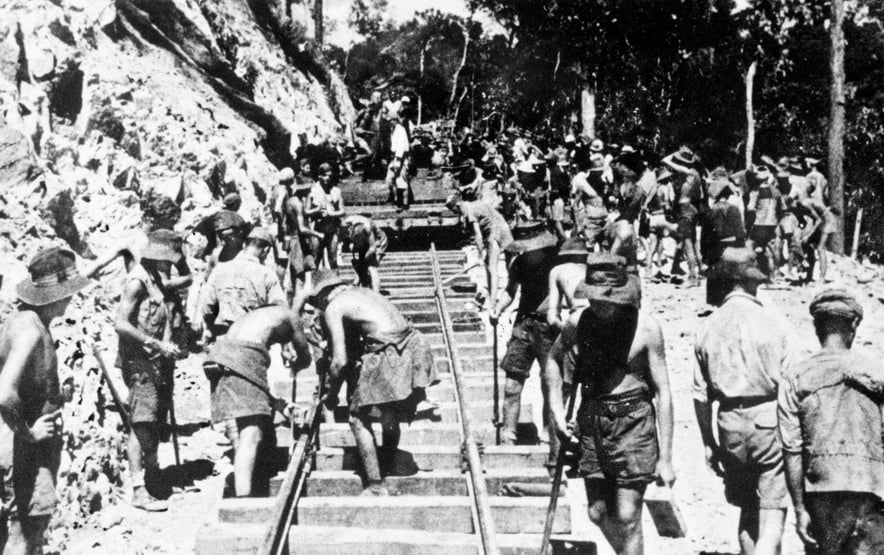

The Dark Journey Begins
We start our story 27 months before the capture of Singapore, drawing on Peter Brune's book, "Descent into Hell," insights from the Thai-Burma Railway Museum, and research by the St. Andrews team. This series will delve into our darkest history, exploring the Death Railway and the profound impact it had on those who endured its horrors.
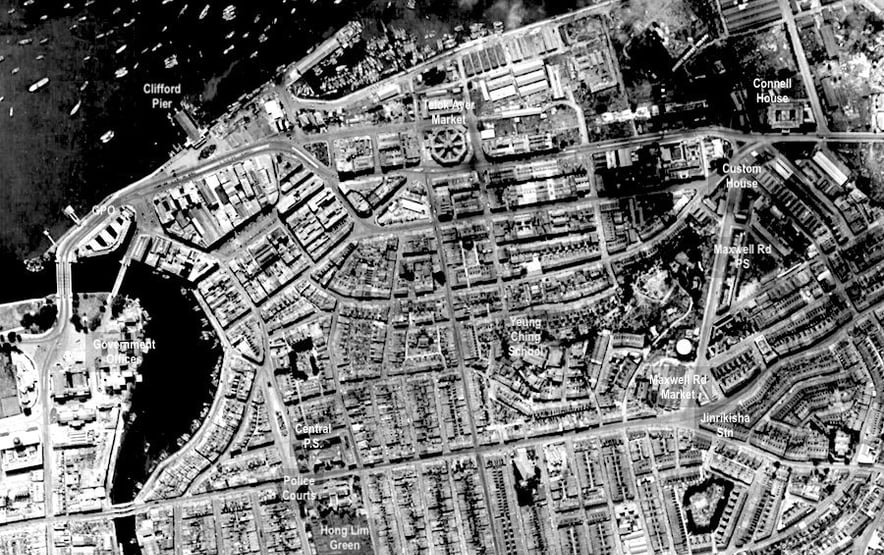

#DescentIntoHell #POWStories #WarHistory #HellfirePass #AlliedForces #JapaneseInvasion #MilitaryHistory #ToursofWar #WearyDunlop #WearyDunlopTrail #DeathRailway
How You Can Help
Donations and Sponsorships: We are seeking corporate sponsorships and donations to fund ongoing restoration projects and educational programs. Your support can make a significant difference in maintaining the quality and impact of the museum.
Volunteer Opportunities: If you have expertise or time to offer, consider volunteering with us. There are many ways to get involved, from artifact restoration to educational outreach.
Spreading the Word: Share this blog and our mission with your network. The more people who know about the JEATH War Museum and its significance, the greater the impact we can achieve together.
The St Andrews Research Team is dedicated to preserving the legacy of the Thai-Burma Railway and the memories of those who suffered. We need your support to continue our work. There are several ways you can help:
Join the Cause!
If you or someone you know is interested in supporting this cause, please get in touch.
This is a chance to be part of something truly meaningful and impactful.
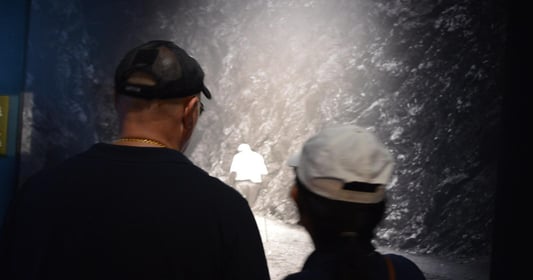

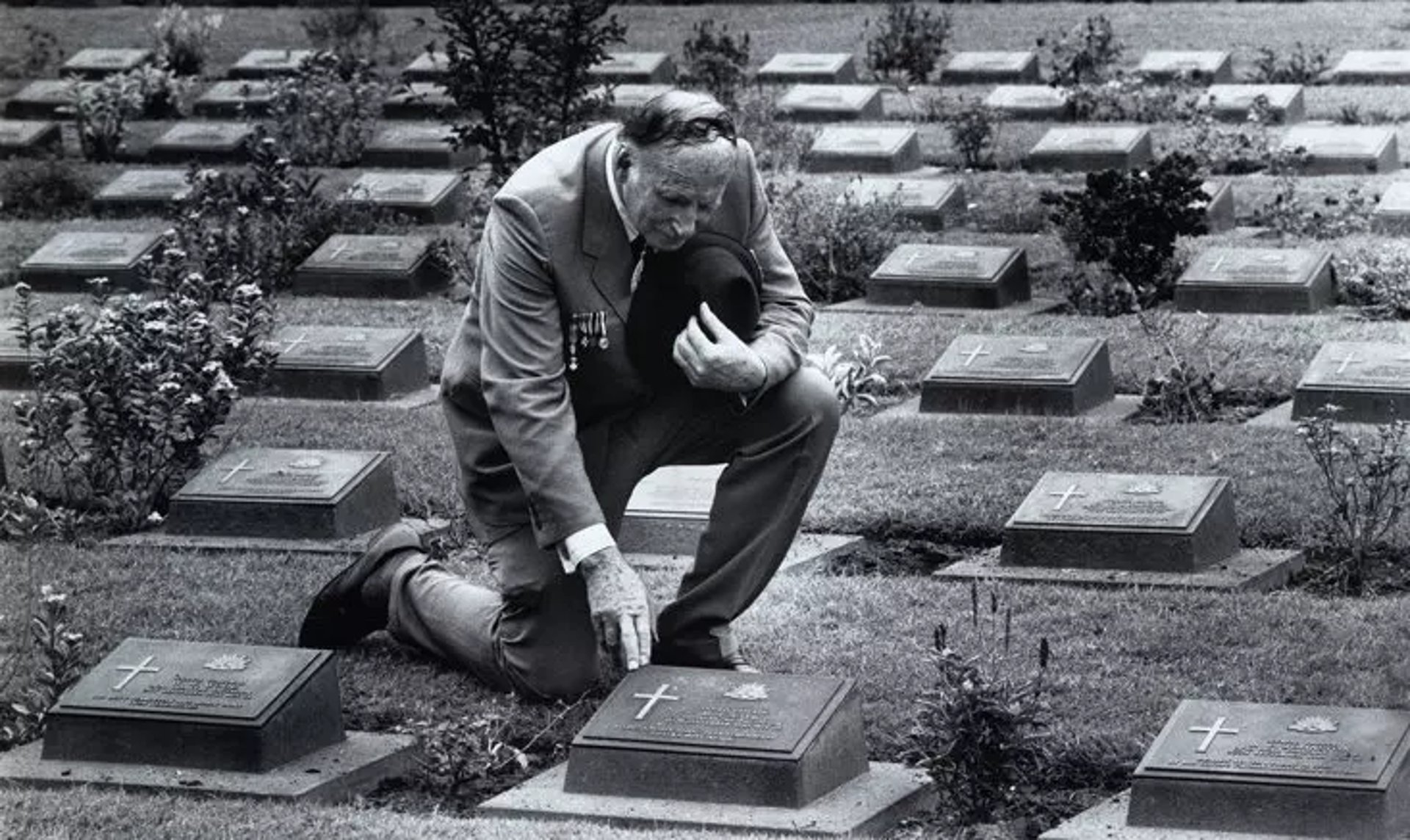
Together, We Can Make a Difference!
This is a veteran-run project, and we need your help to make it happen. Stand with us in honoring the legacy of the POWs and ensuring their stories are never forgotten.
